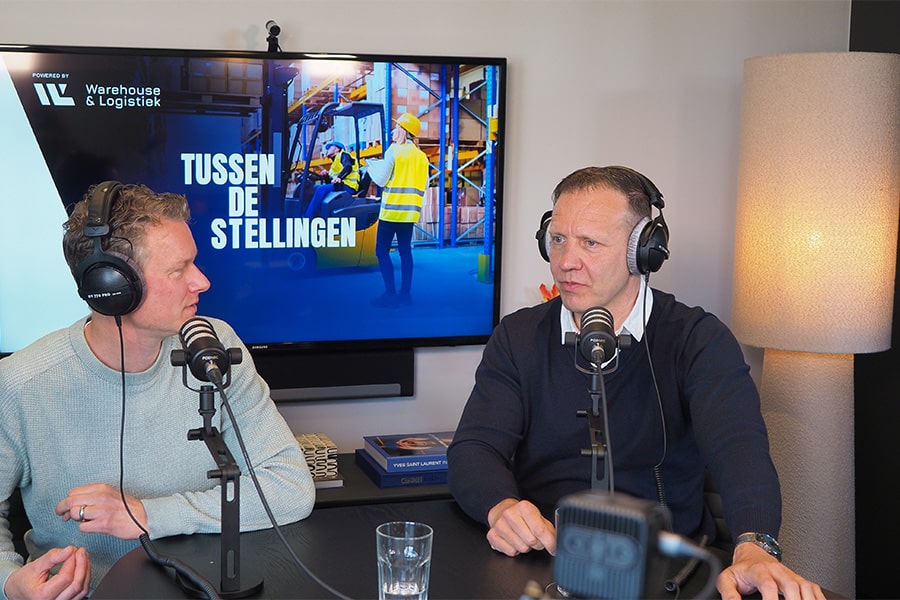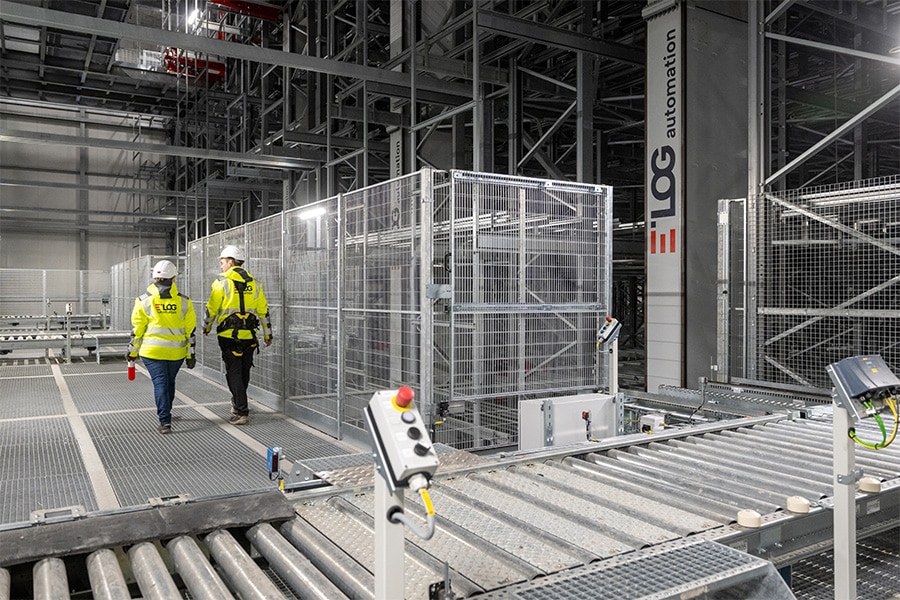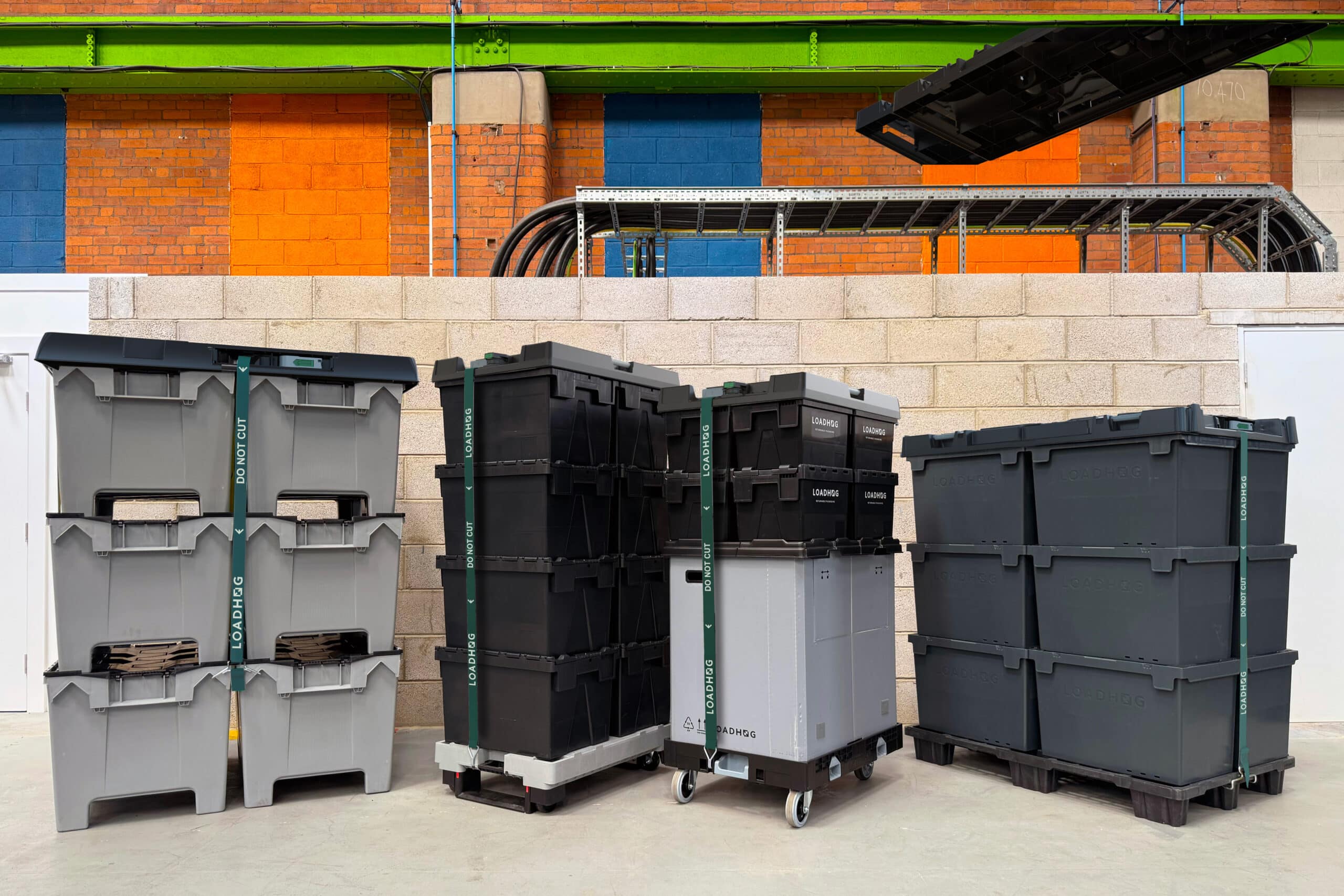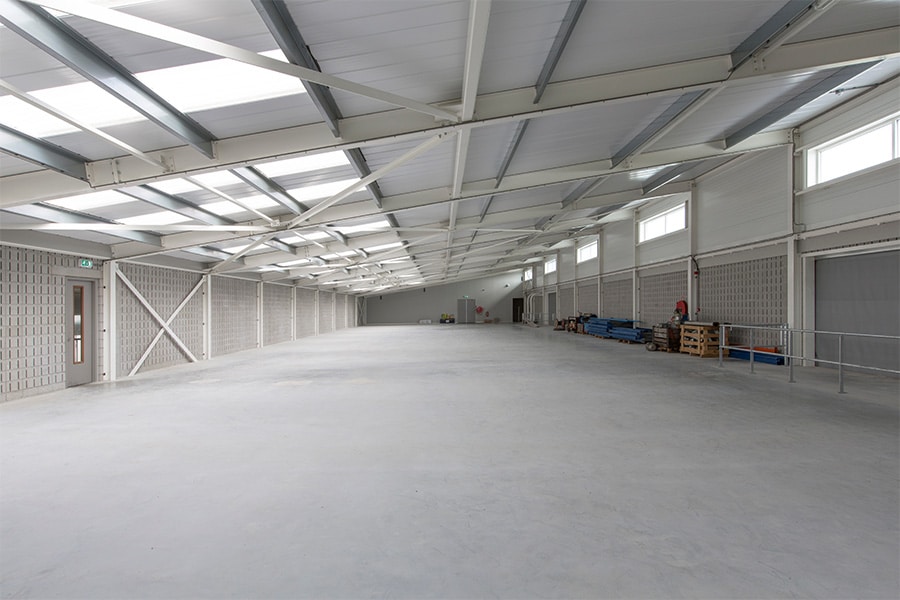
'Combine optimal room acoustics with excellent fire resistance'
In any room where acoustics are as important as fire safety, Soundblox Carbstone is the ideal solution. With Soundblox the solution for sound control (sound absorption and insulation), stability and fire resistance can be combined in one stable wall construction, without making concessions to aesthetic design. Recently, the aspect of sustainability can also be added, as Soundblox can now be produced completely cement-free. It almost seems too good to be true....
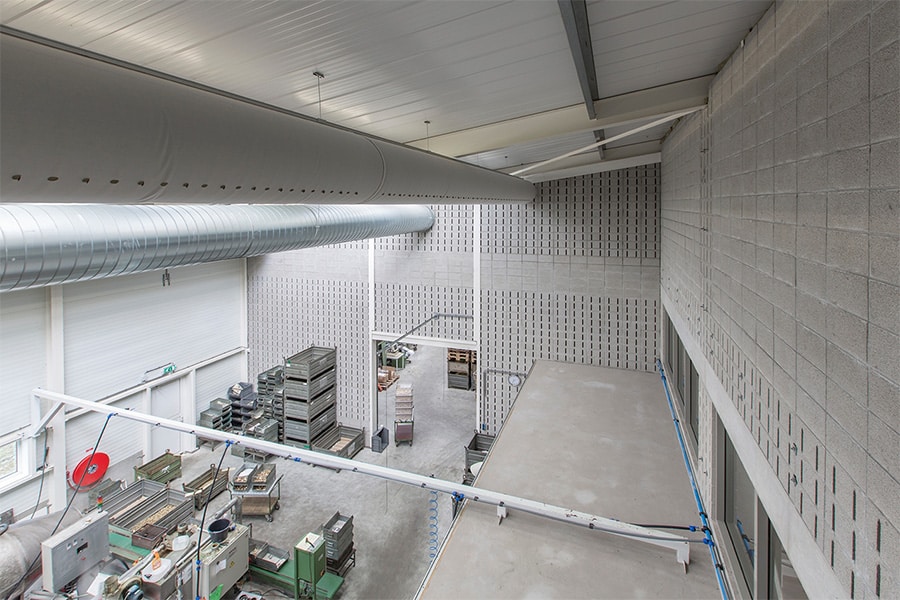
Soundblox acoustic concrete blocks, because of their high fire resistance and robustness, have been liked for 40 years in areas where fire safety plays a major role, such as factories, machine rooms, parking garages, hangars, etc. In addition, they are also gladly used in outdoor applications, along highways, railway stations and under viaducts and have been used more often in the past in nuclear power plants.
Soundblox are also excellent for use in areas with extreme temperatures or humid conditions (think swimming pools) or where aggressive materials are handled.
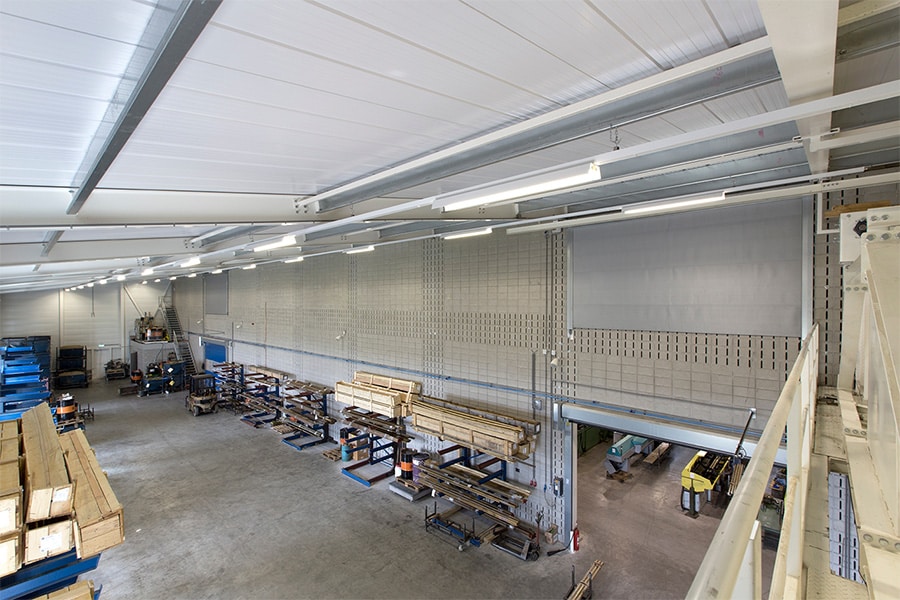
Building blocks for a sustainable future
With the new innovation, there is a unique opportunity to produce Soundblox in a unique, sustainable variant, where they still have the advantages of concrete, such as the high fire resistance, but no longer the ecological disadvantages. Indeed, unlike traditional concrete blocks, these blocks are manufactured from residual material from the steel industry and cured with CO2, which is specially extracted from the air and used in production. This completely eliminates the need for cement. Soundblox can therefore now be produced completely circularly, cement-free and CO'2 negative. Since Regular (hollow or solid) vision blocks, with which Soundblox can be combined in a wall, are also available in this new material. Soundblox Carbstone is a unique innovation that has recently been included in the environmental database.
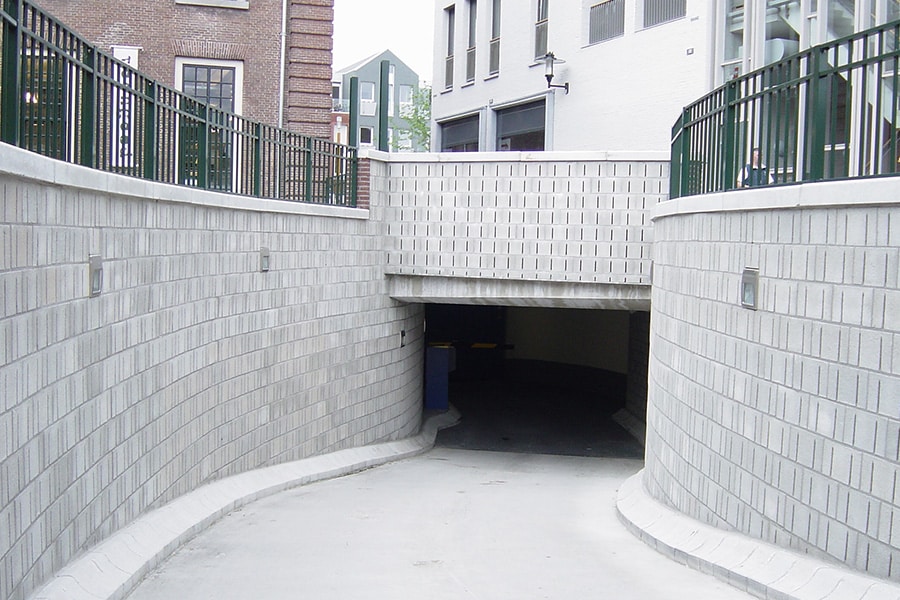
Circular, cement-free and CO2-negative
So these new Soundblox Carbstone building blocks absorb not only sound but also CO2, thus also intrinsically contributing to a more sustainable world. In addition, after installation (in the open air) they continue to absorb CO2 and become harder so that their load-bearing capacity increases even further. It also guarantees fire safety as with a traditional concrete block. A great solution to many construction challenges.
